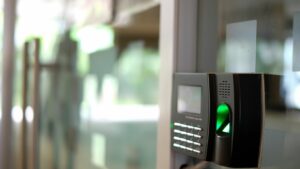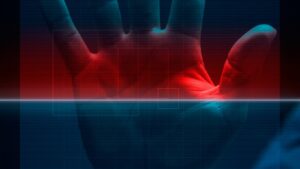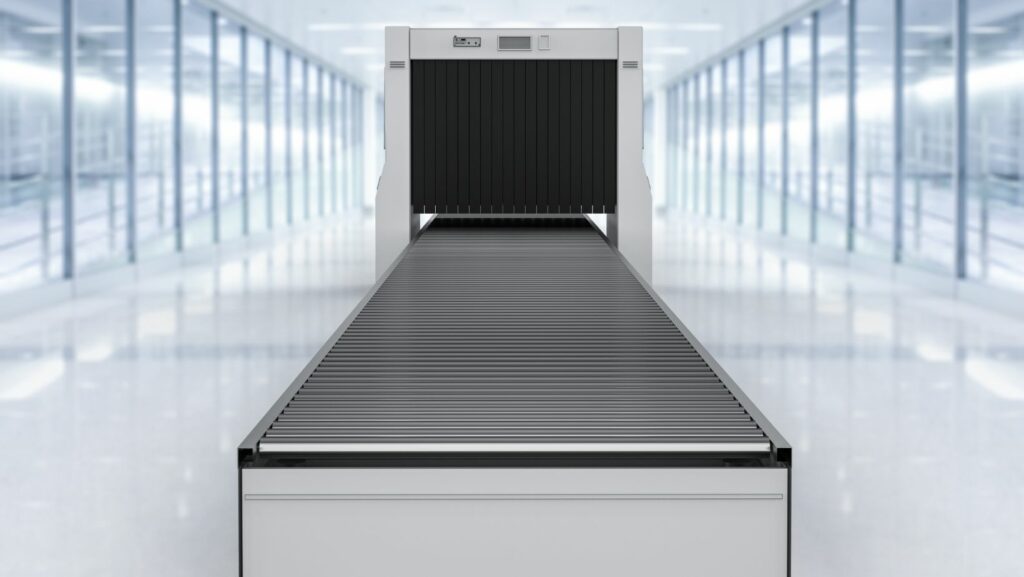In today’s digital age, scanners have become indispensable tools for both personal and professional use. From preserving old photographs to digitizing important documents, the right scanner can make a world of difference. But with so many types available, how do you choose the one that best suits your needs?
Different scanners offer unique features tailored for specific tasks. Whether you’re a photographer needing high-resolution scans or a business professional looking to streamline paperwork, understanding the various types can help you make an informed decision. Let’s dive into the seven types of scanners and discover which one might be your perfect match.
7 Types of Scanner

Scanners convert physical documents into digital formats, enhancing storage and accessibility. They are indispensable in various fields, from archiving historical documents to managing daily office paperwork. Understanding different scanner types helps users select the right device for their needs.
Flatbed scanners, common in offices, have a glass surface where documents are placed for scanning. They cater to diverse media, including books, photographs, and films. These scanners offer high resolution and color accuracy, making them suitable for tasks requiring detailed image reproduction.
Sheet-fed Scanners
Sheet-fed scanners, designed for efficiency, are ideal for high-volume document processing. They automatically feed sheets through the scanner, saving time and effort. Companies dealing with large numbers of invoices, contracts, and forms often prefer these scanners for their speed and convenience.Portable scanners, compact and lightweight, are perfect for on-the-go use. They scan documents, receipts, and photos, making them ideal for business travelers and mobile professionals. USB or battery-powered, these scanners are easy to transport and use anywhere.
Sheetfed Scanners

Sheetfed scanners are essential for high-volume document processing, significantly boosting productivity in office environments. Unlike flatbed scanners, sheetfed scanners feed documents through the machine, making them ideal for continuous scanning.
Sheetfed scanners come with Automated Document Feeders (ADFs), enabling the scanning of multiple pages without manual intervention. They typically support duplex scanning, capturing both sides of a document simultaneously. Advanced models include optical character recognition (OCR) technology, converting scanned text into editable digital formats. Many models offer high-speed scanning, processing up to 60 pages per minute. These scanners are often compact, saving desk space, and are designed to integrate with document management systems, enhancing organizational workflows.
Ideal Use Cases
Sheetfed scanners excel in business settings requiring efficient document management. Accounting departments benefit from quickly digitizing invoices and receipts. Legal firms use them to archive contracts and case files. Medical offices scan patient records for electronic health systems. Educational institutions digitize administrative documents and student records. Financial services rapidly convert paper statements into digital formats.
Drum Scanners

Drum scanners stand out for their ability to provide the highest image quality available. Professionals in fields like graphic design and photography prefer drum scanners for their precision and excellence in scanning. Drum scanners use a photomultiplier tube (PMT) instead of a charge-coupled device (CCD) to capture images.
This technology allows for higher dynamic range and color depth. Drum scanners also offer exceptionally high resolution, often exceeding 12,000 dpi. Due to their meticulous scanning process, they effectively capture fine details and subtle color variations in photographic prints and artwork. Despite being more expensive and requiring specialized training to operate, their output quality justifies the investment for high-end applications.
Ideal Use Cases
Due to their superior quality, drum scanners are essential for high-end applications. They are frequently used in graphic design, where color accuracy and detail are paramount. Photographers also benefit from drum scanners for digitizing negatives and slides with unparalleled detail. Cultural heritage institutions employ drum scanners to archive visual materials, ensuring the highest fidelity in digital preservation. Additionally, they find use in advertising agencies and art reproductions, where maintaining the integrity of the originals is crucial.

